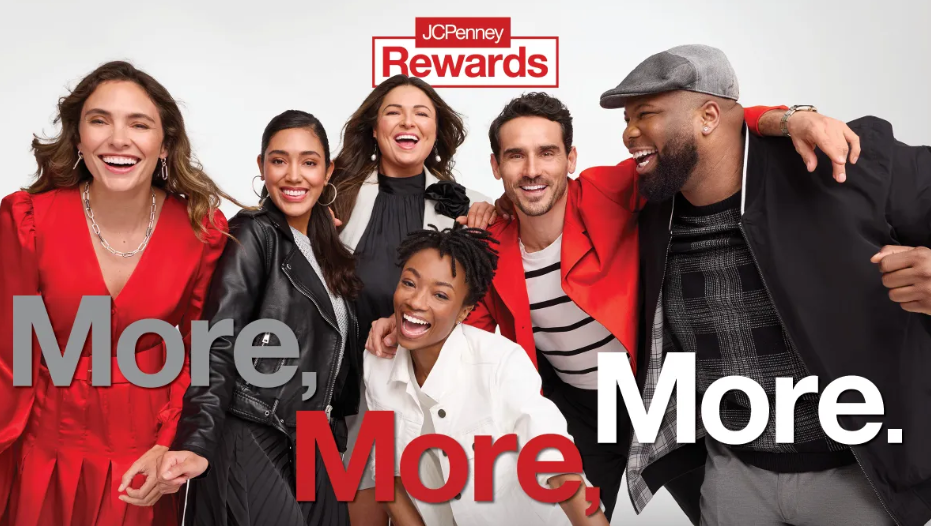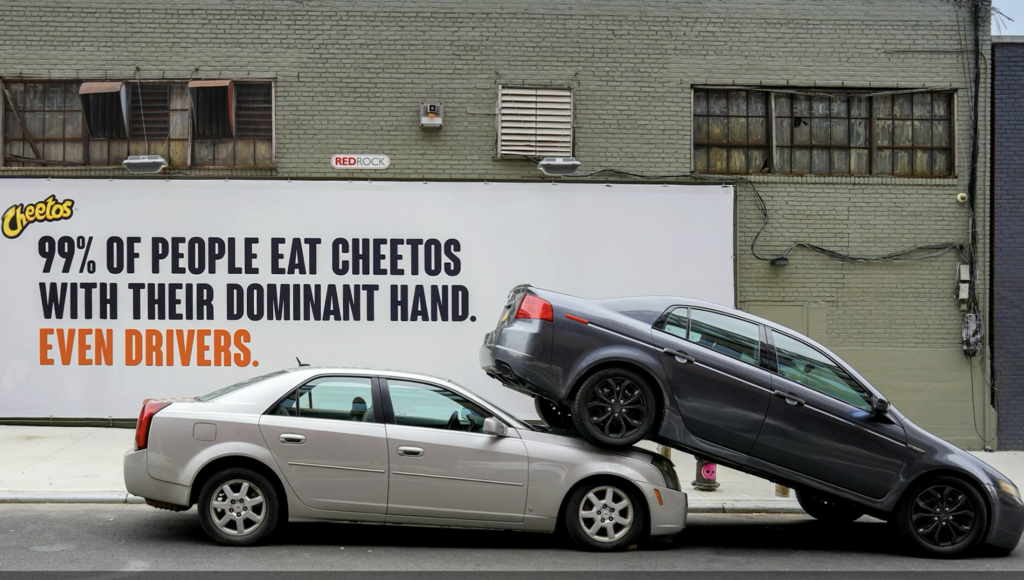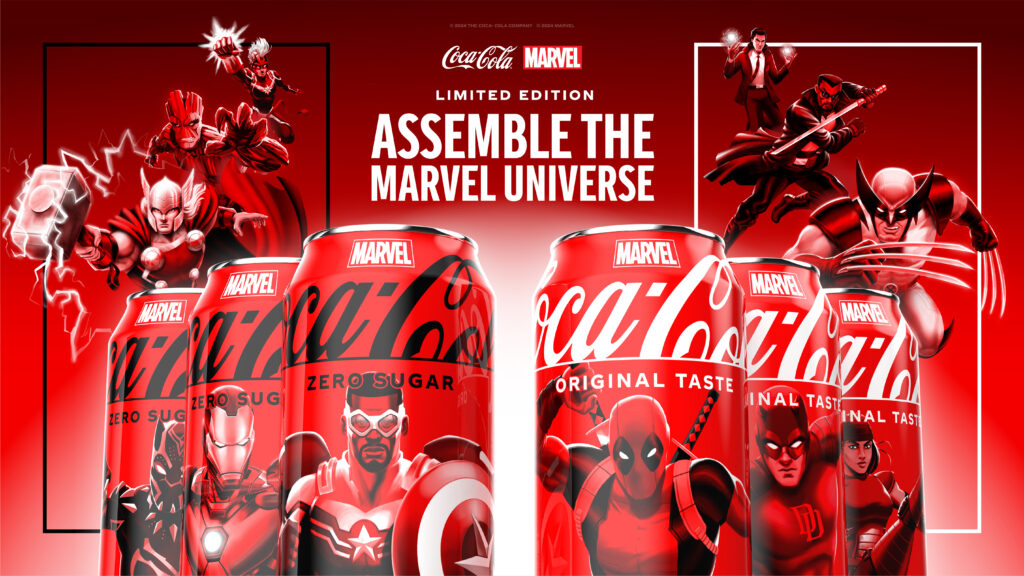Innovations in technology have upped the ante for consumer experiences with brands. Personalization is no longer a nice-to-have approach for marketers, it is table stakes for getting consumer attention in a fragmented media world.
At Brand Innovators Future of Personalization livecast, hosted with 7-Eleven, leading brand marketers shared how they are approaching personalization.
If 2020 and the pandemic shined a light on anything for Wells Fargo, it was the need to better understand customers and the ability to find secure ways to connect with them. The bank has made a significant pivot to a customer-first attitude.
“Wells Fargo has been in the personalization business, specifically in social media, since we launched efforts 12 years ago. Personalization is not new to us,” said Jennifer Heyman, Vice President, Digital & Social Media at Wells Fargo. “We know that in the financial services industry, we are one of the deepest staffs in terms of social media and that is manifested in quick response to individual customers and the ability to tackle tough topics. Customers come to us today and ask us questions like ‘Are you requiring vaccinations for your employees? Are you requiring masking? Where do you give political donations?’ We embrace those fully and address those with real-time perspectives, identical to what we’re seeing in the media.”
Marriott International understands that consumers have choices when it comes to travel. That is why personalization is so important to the brand, as they push to earn the loyalty of their customers.
“Some of the things that we’re doing as it relates to loyalty, and just the overall travel experience – personalization and data are at the heart of it, since we are a hospitality company,” said Kristin Yanulites, Senior Director, Global Enterprise Insight & Strategy, Marriott International. “At the end of the day, it’s all about what you’re delivering on property to someone who is coming to stay with you, and welcoming them back, giving them a fantastic visit and hoping that they’ll return to us. I think that we are also working to expand the notion of travel beyond hopping on a plane, going to a property, and returning home. You can see that in some of our offerings that we have. We’ve started to diversify beyond hotels, we now have our credit cards, boutiques and different revenue streams in different categories that our customers can engage with.”
Liquid Death has looked at consumer desire to socialize again as a means to engage people after a year of pandemic.
“I think we plan for a good amount of pent-up demand of people just wanting to be human and interact again. Early 2021, we started talking about how we can do more in terms of live events because ‘cans in hands’ is a very big strategy for us in terms of getting as many people to have Liquid Death as possible,” said Hamid Saify, Vice President, E-Commerce at Liquid Death. “That’s where the magic is – you don’t really get it until you have a can and then you’re like ‘I get it now’. Based on this strategy, we partnered with Live Nation earlier this year on an exclusive water deal at all Live Nation venues, festivals, and concerts across the country. We knew there would be a huge demand for people wanting to get out there in concerts again and we’ve seen some of that happen for the first couple of festivals that we’ve been in.”
Shivanku Misra, Vice President, User Engagement & Retention at Gannett, USA Today Network understands that people are short on time and therefore appreciate curated experiences, tailored to their needs.
“The one thing that is in a big shortage is time. Our customers don’t have the time to optimize and customize their experience every single time they log in so if they are allowing us to track their online journey, we owe them that ease of usage, that comfort and that saving of time,” said Misra. “When it comes to privacy, I think our customers are not all the same. What we really need to focus on, as organizations, is what it is that the customer wants from us. So instead of pre-empting that this is what my customer would need and having a giant customer persona, I think we need to break it down. We need to understand what our customer mix looks like, and what type of customer expects what from us.”




